Even though there are more than a thousand stories to tell, we have selected a short list of 10 curiosities you need to know about El Puerto. Did you know about the number 7?
Contents
- 1 1-Where does El Puerto bullring’s name “Plaza Real” come from?
- 2 2- Why does El Puerto old Prison have so much to talk about?
- 3 3- What is “El Vaporcito del Puerto”
- 4 4- What is the actual use of “El Castillito” or “El Castillo de San Marcos”?
- 5 5- What happened to “Santa Maria” boat?
- 6 6-Why is El Puerto known as the city of 100 palaces?
- 7 7- The black bull as a Spanish symbol
- 8 8- Campo de Guia
- 9 9-The Municipal Archives
- 10 10- Saint Alejandro’s Bridge
1-Where does El Puerto bullring’s name “Plaza Real” come from?
Everything comes from some verses written by the poet Aquilino Duque, in 1958. From that moment on, everybody refers to the El Puerto de Santa María bullring as Plaza Real. This is the verse:
“Plaza de toros del puerto
me viera yo en tus carteles
una tarde marinera
haciendo con tus banderas
señas a mis timoneles
lejos de los redondeles
no sé qué sangre te espera
ni que torillo a cornada
plaza real y coronada
de crismona y lepanto”
Here began the name of Plaza Real, then would come the book by D. Manuel Martínez Alfonso, entitled Plaza Real.

2- Why does El Puerto old Prison have so much to talk about?
In addition to overcrowding, violation of human rights and political prisoners, there are different characteristics that surround the prison that some are unaware of. The shelter of criminals and characters adverse to the totalitarian regimes that ruled Spain between 1886 and 1981, hides dark and incredible aspects that, despite the closure of the prison, haunt the minds of its prisoners.
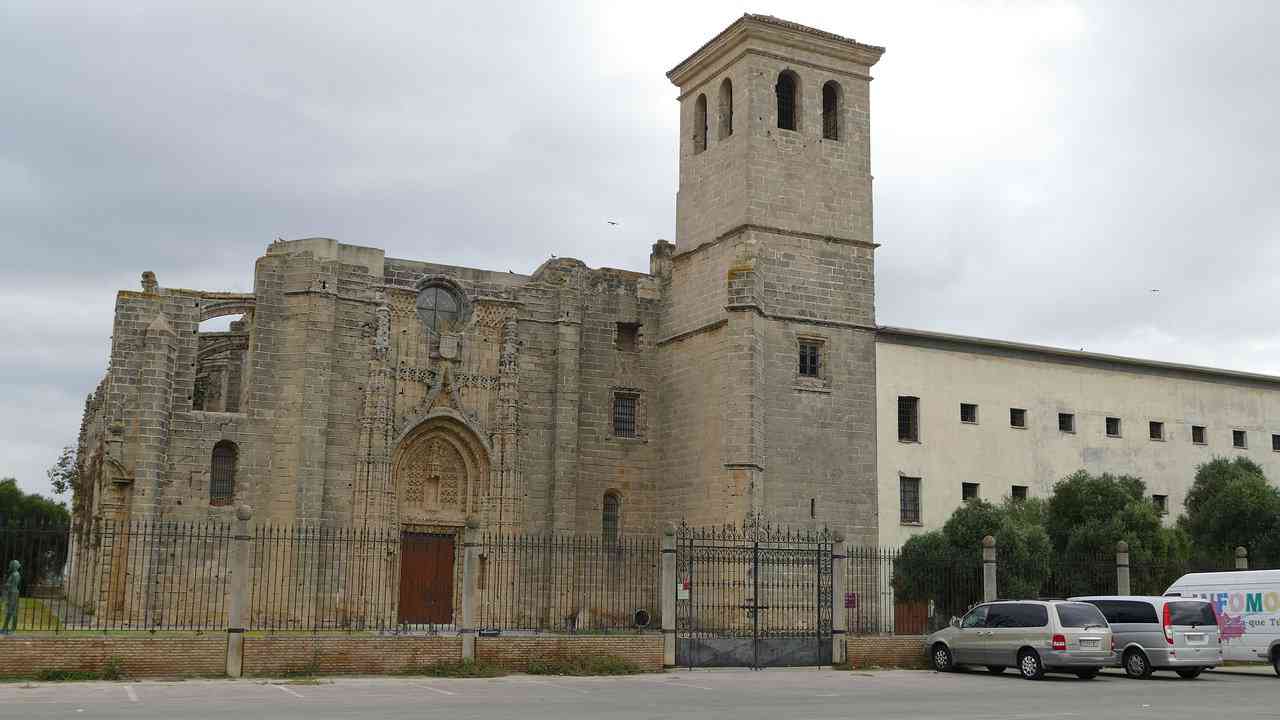
3- What is “El Vaporcito del Puerto”
“El Vaporcito del Puerto” was a famous and iconic motor ship that linked Cádiz with El Puerto de Santa María. The ship was active from 1955 until approximately 18:15 on August 30, 2011, when she sank off the Reina Victoria dock after colliding with the Punta Soto breakwater, outside the Cádiz port dock. She was transferred to dry dock, to undergo a comprehensive recovery; However, after the closure of the dry dock, in February 2016 they decided to scrap it due to its poor condition.
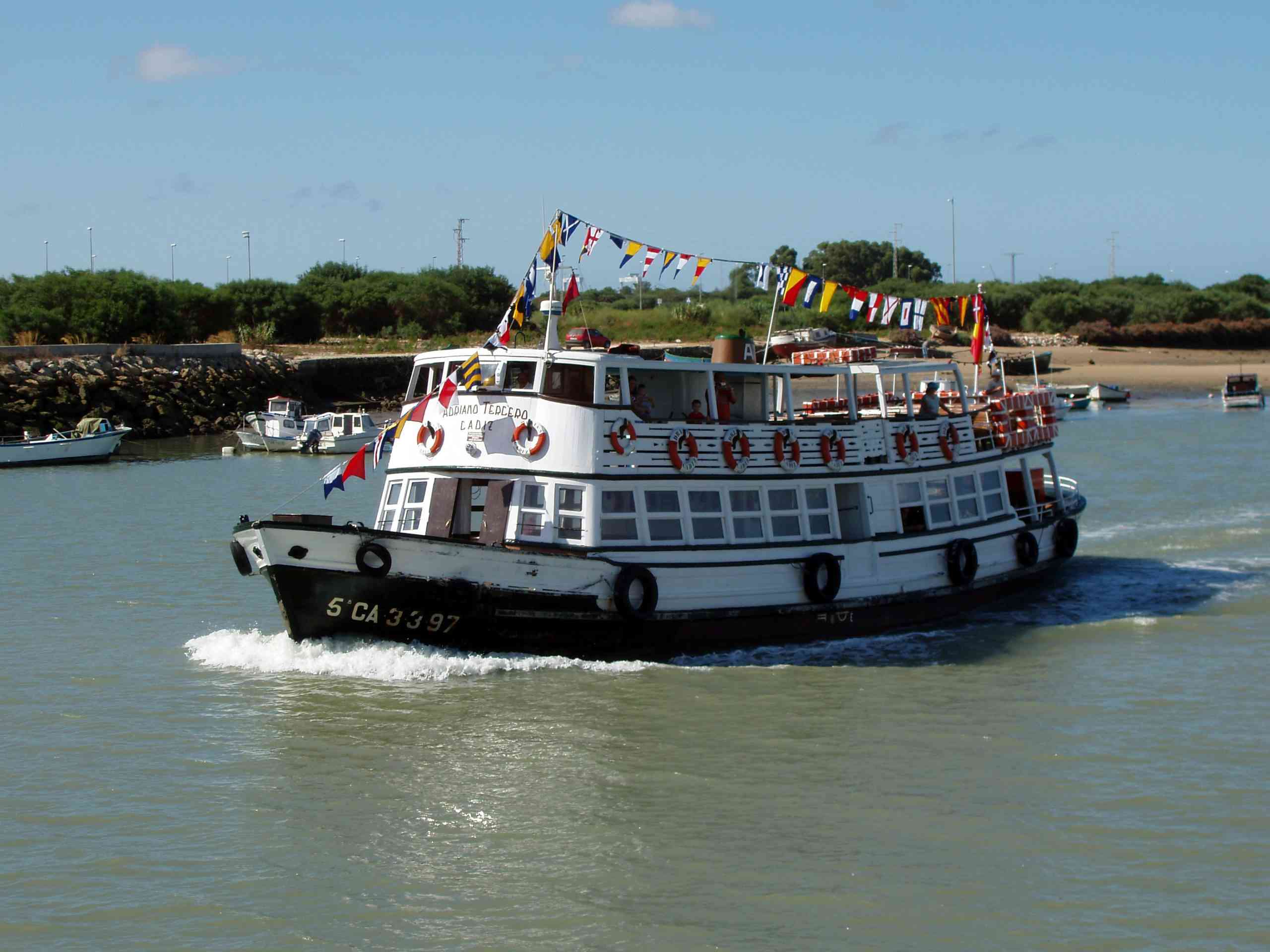
4- What is the actual use of “El Castillito” or “El Castillo de San Marcos”?
The Castillo de San Marcos is also known as the Castillo de Alfonso X El Sabio. It is a 4,000-square-meter fortress church, which they built in 1264 on the foundations of an Arab mosque from the 10th century.
It is protected as a property of Cultural Interest cataloged in the category of monument.
Its functions as a fortress were lost and they adjudicated other uses to it -the seat of the council or town hall, archive, storage of materials, galley jail and neighbor’s house-, and underwent some transformations. But they still preserve its basic shape and its Almohad appearance. Its last restoration was in 1943.
Despite its age, it is still in perfect condition for use with a maximum capacity of 300 people.
Its interior, due to its historical atmosphere, is a perfect space to celebrate events and dinners. For example the closing of congresses and conventions.
Also, did you know the San Marcos’s Castle was home for Cristobal Colon for 2 years?
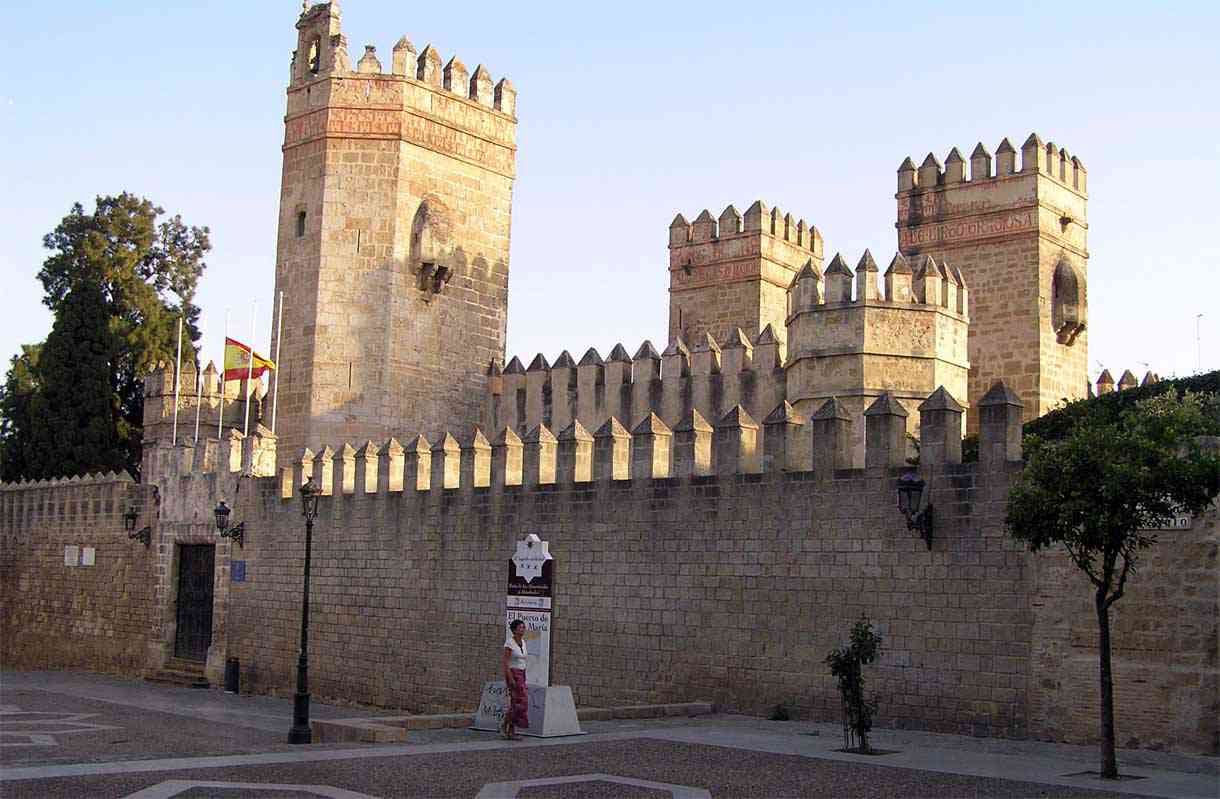
5- What happened to “Santa Maria” boat?
The Santa María was the largest of the three boats that Christopher Columbus used on his first voyage to the New World in 1492. In the original documents they mentioned that there were three caravels. The Santa María, where the admiral was going, was the largest of the three ships.
The other two ships of the expedition were the caravels “Niña” and “Pinta”. Unlike them, the Santa María did not return to Spain when it was stranded on the Spanish island in December 1492 since they used the remains of it to build Fort Navidad, the first Spanish settlement in the New World.
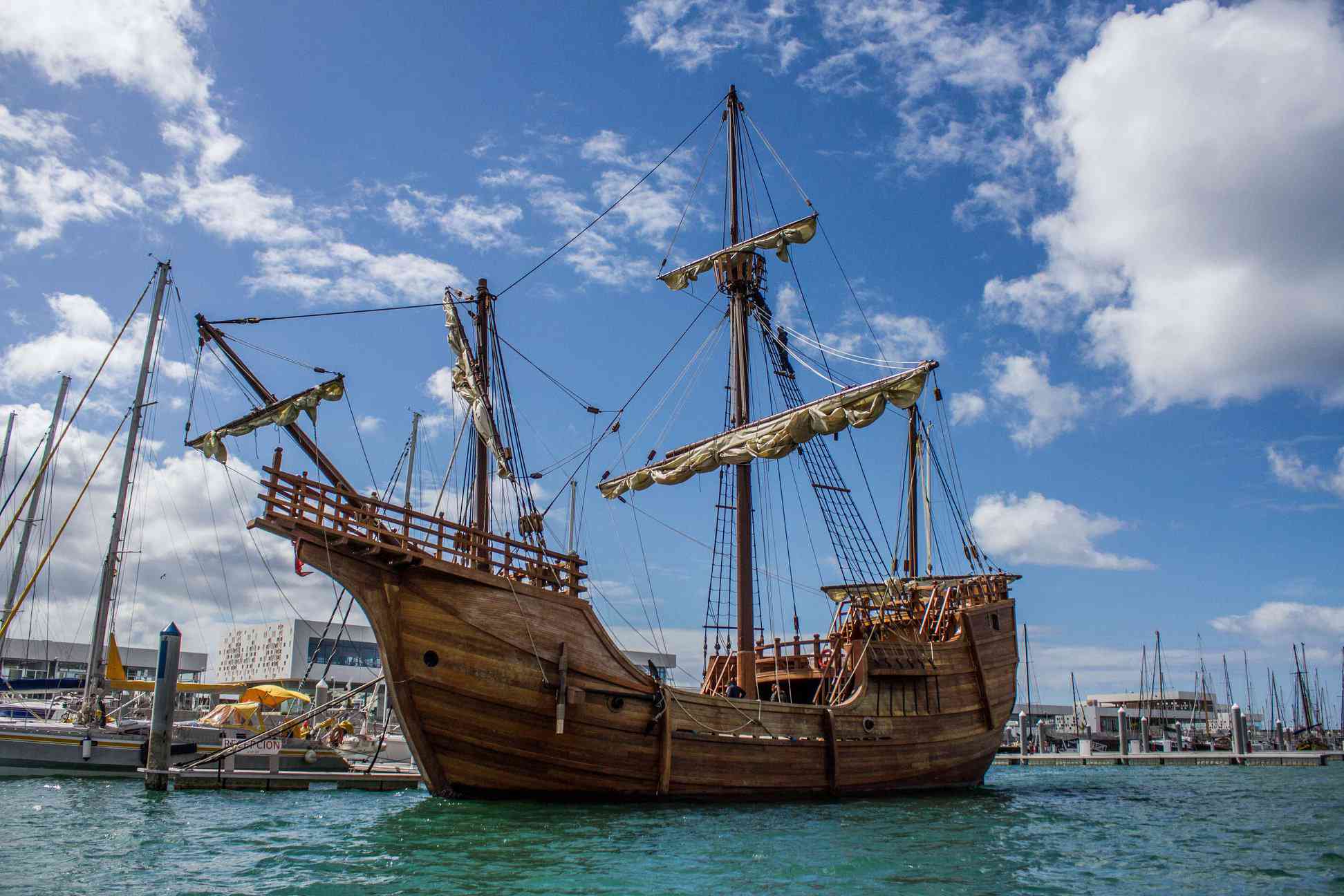
6-Why is El Puerto known as the city of 100 palaces?
It is very common that people refer to el Puerto de Santa María as The City of a Hundred Palaces, although the passage of time and neglect have caused many of these magnificent buildings to be practically ruined. This is the result of commercial activity with Spanish America or Indies in the seventeenth and eighteenth centuries. They built Authentic palaces in the locality adapted to the needs of the great merchants who also received the name of Chargers of the Indies.
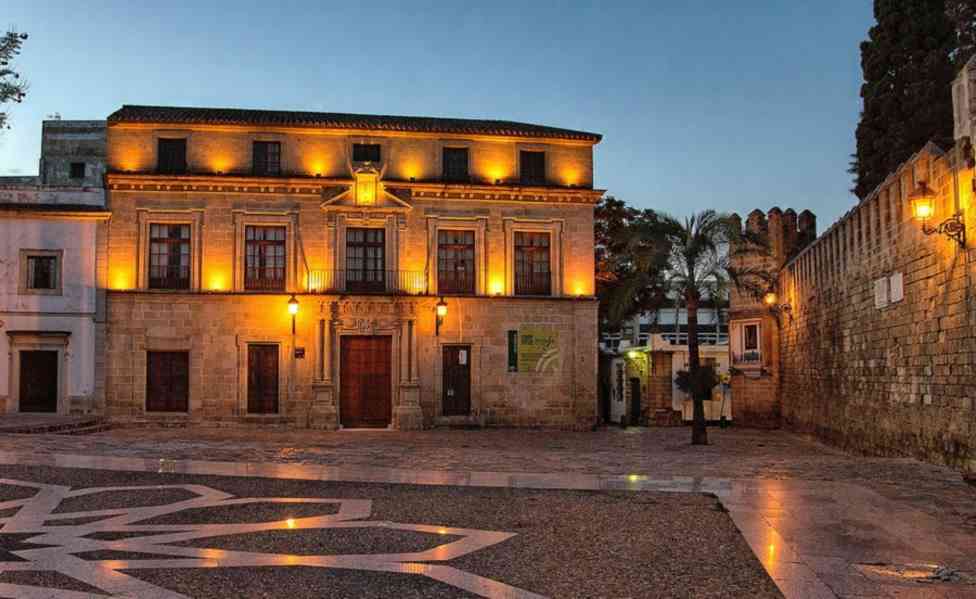
7- The black bull as a Spanish symbol
The black silhouette of the Osborne Bull is the most popular Spanish brand, inside and outside our borders. Its design has transcended the merely advertising. Nowadays, It is a symbol deeply rooted and loved by all who contemplate its defiant figure, It is distributed throughout the Spanish map, It is an icon that inevitably identifies the Spanish landscape and that was chosen by The New York Times Magazine in 1972, as the representation of the new Spain.
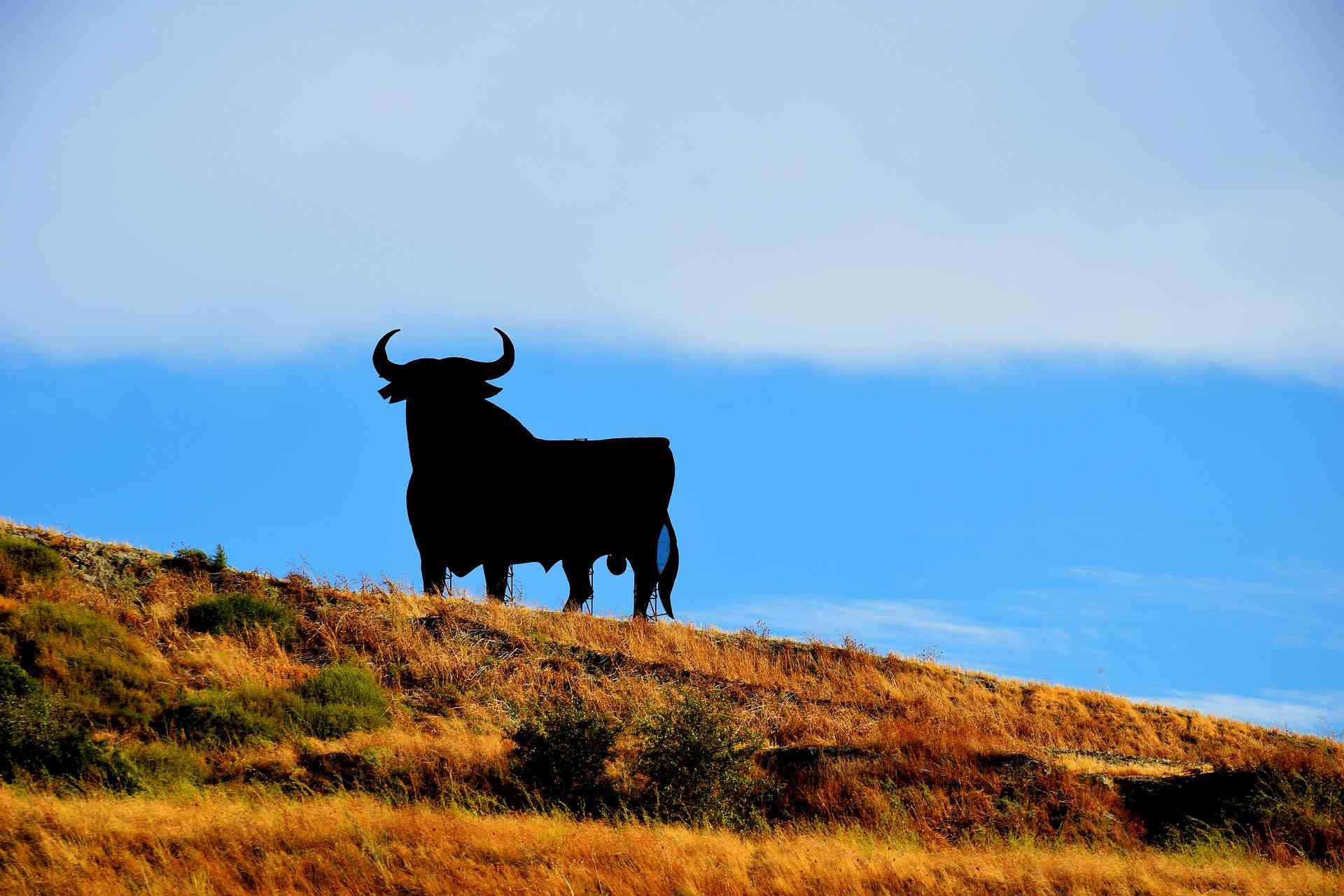
8- Campo de Guia
The winemaking heritage also holds another unique find: the Campo de Guía winemaking industrial estate. It stands out for its uniqueness. It is the only industrial estate built and dedicated to the wine industry in the 19th century. Its urbanism of straight streets drawn in checkerboard correspond to the neoclassical ideas that you can also see in the beautiful decorations on the covers of some wineries. We have
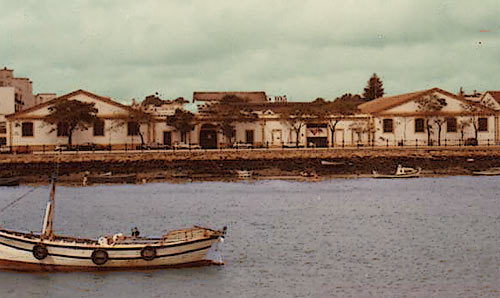
9-The Municipal Archives
The High School of “San Luis de los Jesuitas” is very famous. They educated some of the most important personalities of El Puerto de Santa Maria in this center. It is the case of the playwright Pedro Muñoz Seca (today houses its foundation) or the poet Rafael Alberti. The church remains from the original convent of San Francisco. In 1867, the Jesuits took over the convent and built a building with a noble and classicist facade. Inside the building, part of the municipal headquarters, the staircase and the beautiful library stand out. This space today houses part of the Municipal Archives with documents of extraordinary antiquity and great value, preserved in a two-story wooden library.
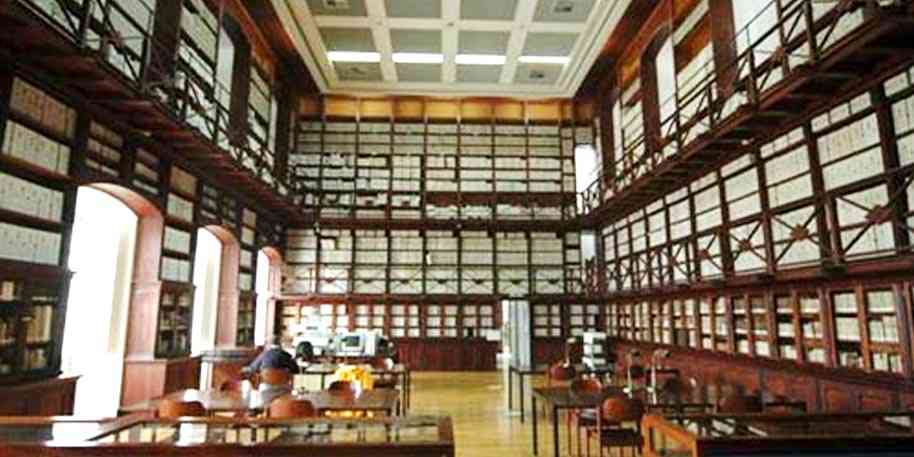
10- Saint Alejandro’s Bridge
Last but not least, in the 10th position out of 10 curiosities you must know about El Puerto we have the Saint Alejandro’s Bridge.
If you walk along the “Ribera del Marisco”, at its beginning closest to the Convent of the Holy Spirit, you can see a stone structure that starts on the bank of the Guadalete River. It has a small ramp to climb and returns a beautiful view of El Puerto de Santa Maria and its riverbank.
However, it is not a viewpoint. It is what remains of the former San Alejandro Bridge, which linked the city with the rest of the Bay. The space has been key in the history of the city and the area. However, it is also witness to a mournful event. They built the first bridge there out of boats with a movable wooden span. On the day of its inauguration. February 14, 1779. It did not withstand the weight of the people gathered there and sank, leaving more than 100 dead. After that bridge came another that they dismantled to prevent the advance of Napoleonic troops at the beginning of the 19th century. Another suspension bridge that burned down. And the last one, made of iron.
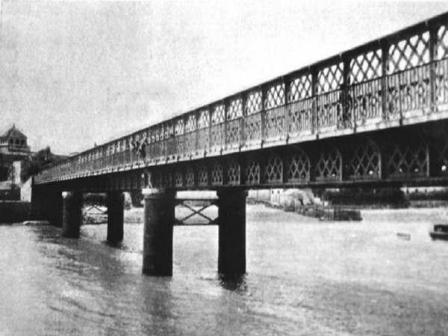
Did you already know any of this 10 curiosities about El Puerto before reading this post?. Have you discovered something new? If so, don’t forget to take a look at our Foodie experience for more local information or experiences that will make you fall in love with El Puerto even more. And please for more info and insights, get in touch with us here or write us at info@alsherry.com and we’d be delighted to arrange / make plans with you or for you!

